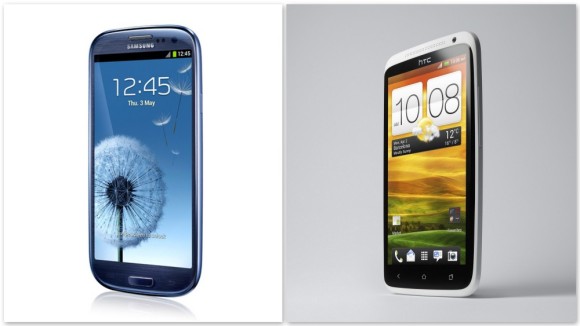Social media is a ceaseless tornado of comments, reviews and opinions. You need only accompany trending tweets, voting and comments on Reddit or read comments on YouTube to see how conversations and heated discussions have become one of the defining characteristics of Social Media. It is indeed an extension of human interaction and basic conversation.
Most people (aside from young millennials) will remember how brands used to connect with their audience: using Above and Below the Line campaigns with a one-direction message, with not much insight into perceiving how people reacted to their message aside from eyeball counts and the odd customer satisfaction survey.
With the growth of online networks, however, brands and companies started wrestling with the fact that they no longer had exclusive control of the public perception of their brand, much less the conversation surrounding it. You need only recall how some ill-fated social media campaigns (read here or here) fared to see that the public has become more critical and aware of what messages brands are trying to convey.
Switching from a conversation to a monologue
You might have noticed after viewing the above video that the comments for it have been disabled by the admins of the Virgin Atlantic YouTube account. Disabling comments was always an option, especially when the uploader was an individual and their particular videos became inundated with spam or internet trolling behaviour. We should assume that this would only be a last case resort.
What are we to assume, then, when brands like Virgin Atlantic, BT or even Britain’s Got Talent, for that matter, have disabled comments on the content they upload to YouTube? What are they trying to achieve when this signifies regressing to the old days of one-way communication (effectively a monologue)?
Regardless of the reasoning behind their options, these brand owners are thus abdicating from the opportunity to truly engage with the public as well as their current and potential customers. They are also forfeiting their right to monitor the conversations on a single channel, having to resort to costly and complicated social monitoring tools to pick up on discussions around their content across other outlets such as Twitter or Facebook.
Disabling comments is effectively trying to silence whatever positive or negative reactions this content might inspire. This might be comparable to a chain of stores selling their products from behind an automated dispensing machine, with no human interaction whatsoever.
The human connection, which makes social media such an effective tool for intelligent brand owners, is what brands seem to forget when they just want to push their agenda and ignore what people really think about them. When this becomes the norm within the company, you might wake up one day like Sony or Blackberry, struggling with business failures after years of hiding behind the numbers of market research and revenue results. If you’re not listening to and engaging with your customers, they will sooner or later go elsewhere to fulfil their needs.

 Hyundai ‘Pipe Job’ advert widely criticised
Hyundai ‘Pipe Job’ advert widely criticised



